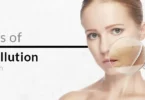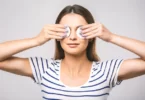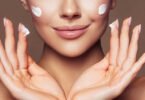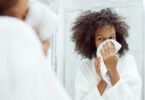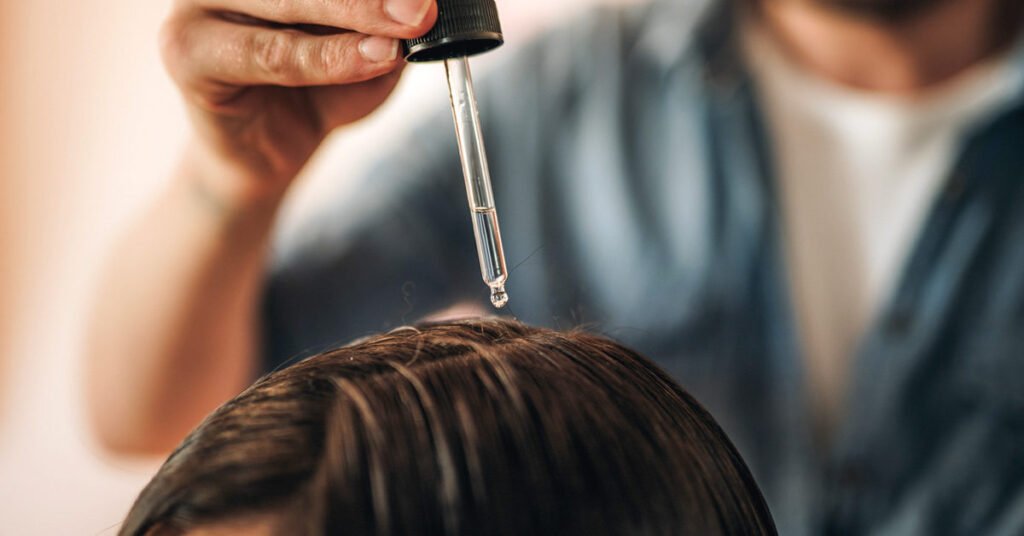
Do you know that flakes and an itchy scalp maybe be a result of dandruff? Dandruff is related to Seborrheic Dermatitis (SD), which causes itchy and flaky skin, but it only occurs on the scalp. It is so common that it affects about half of the adult population worldwide.
Hair flakes and dandruff are very common conditions that cause the skin on the scalp to produce white flakes. It is usually not contagious or severe. However, it can be embarrassing, and most of the time, treatment is difficult to obtain.
Although mild dandruff can be treated with a gentle daily shampoo, If that doesn’t work, a medicated shampoo may help. Unfortunately, symptoms may return later.
Some Common Symptoms may include:
Frankly, white flakes and an itchy, scaly scalp are usually the most common symptoms of dandruff. White, oily flakes typically accumulate in your hair and on your shoulders and often get worse during the fall and winter months, when the air is dry.
Additional symptoms can include:
- red patches on the skin of the scalp, and sometimes on the face
- eyebrow dandruff
- hair loss
- dry flakes on the skin of the face.
Causes of dandruff
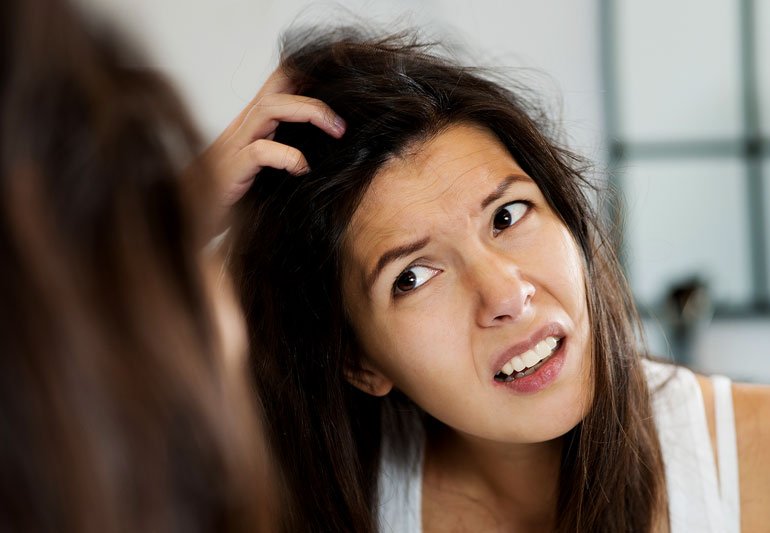
Many factors can contribute to the development of dandruff, so pinpointing the exact cause of your itchy, flaky scalp can be difficult. Here are a few likely culprits:
Many factors can contribute to the growth of dandruff, making it difficult to determine the specific cause of your itchy, flaky scalp. Here are a few possible suspects:
- secretions produced by your sebaceous glands
- fungal colonization on the skin’s surface
- Shampooing insufficiently may cause skin cells to accumulate and cause flakes and itching, or shampooing excessively and over-drying the scalp.
- Overbrushing the hair on the head causes irritation to the sensitive skin on the scalp.
- Malassezia yeast irritates your scalp and causes excessive skin cell growth.
- Contact dermatitis, which causes your scalp to be red and itchy, can be caused by a variety of personal care products.
- excessive exposure to sunlight
- Wearing hats that put too much pressure on the scalp
- what you eat routinely
- Lastly, exposure to dust or dirt
However many people may be more prone to dandruff than others for unknown reasons. Nevertheless, men are more likely than women to develop dandruff.
People with oily hair or who have certain illnesses (such as Parkinson’s disease or HIV) are also at a higher risk. Although you may have first noticed symptoms around puberty, dandruff can appear at any age.
How to get rid of dandruff
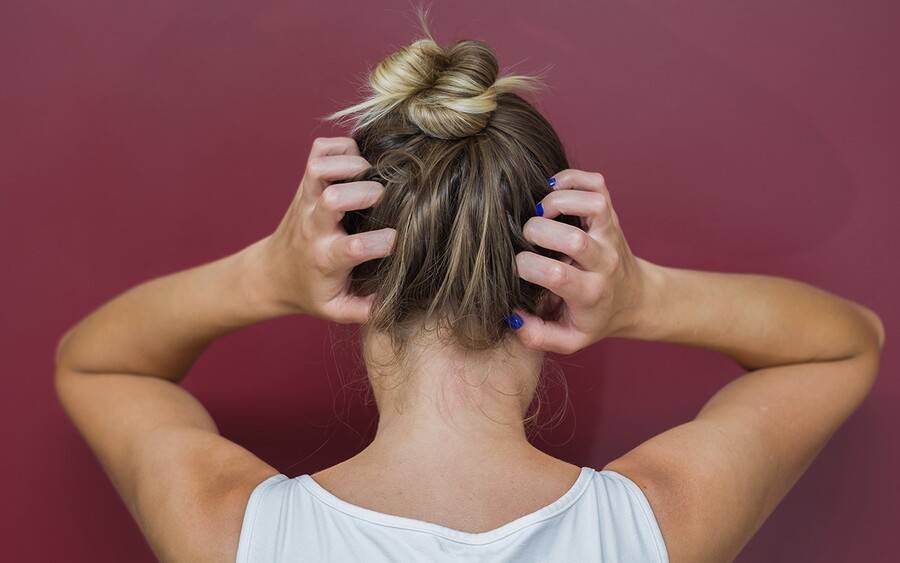
Getting rid of dandruff may necessitate the use of medications, both prescription and over-the-counter. You can also try some homemade remedies.
Treatment
The most effective way to eliminate dandruff is to use dandruff shampoo and scalp treatments. The American Academy of Dermatology Association (AAD) suggests the following measures:
Follow the directions: There are numerous different types of dandruff treatment shampoos, each with its own set of instructions, it is vital that you carefully read and follow the instructions for the product you choose. Be sure you check if you are required to leave the shampoo on your scalp for a certain amount of time before washing, or if you should wash out immediately
Always note that different skin and hair types require different care: For most African Americans, they may only need to use a dandruff shampoo once a week. To achieve the best results with Asian Americans and whites, they may need to alternate between different dandruff shampoos with different ingredients. Your best bet may be to consult with a board-certified dermatologist, who can advise you on the best products for your hair and skin type, as well as the frequency with which you should use them.
Shampoos for dandruff can be medicated (requiring a prescription to purchase) or non-medicated. Typically, this means that the medication concentration in medicated shampoos is simply higher.
These ingredients usually loosen the dandruff flakes from the scalp or they fight the overgrowth of the Malassezia fungus, which may play a role in the development of dandruff. Typical ingredients such as ketoconazole, selenium sulfide, coal tar, and zinc pyrithione.
Some DIY Home Remedies for Dandruff
If you wish to try some natural remedies before you turn to medicated solutions, you might want to consider the following procedures:
- Baking soda. Gently rub it into your scalp in the shower and rinse after a few minutes.
- Apple cider vinegar. Mix 1/4 cup with a 1/4 cup of water. Apply to your hair for 15 minutes to 1 hour, and then rinse out. Do this twice a week.
- Coconut oil. Rub 3–5 teaspoons into your scalp and leave for 1 hour. Then shampoo your hair and wash out.
- Lemon juice. Rub 2 teaspoons into your scalp and rinse out. Then rub one more teaspoon mixed with 1 cup water. Do this every day.
- Aloe vera. Rub into your scalp before you wash your hair.
- Olive oil. Rub 10 drops into your scalp. Cover your head with a shower cap and leave overnight. Shampoo and wash your hair in the morning.
References:
“Healthline.co”
“ mayo clinic”
” The American Academy of Dermatology Association“
“Web Image“

